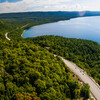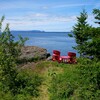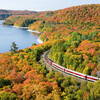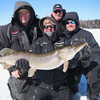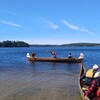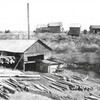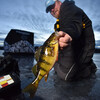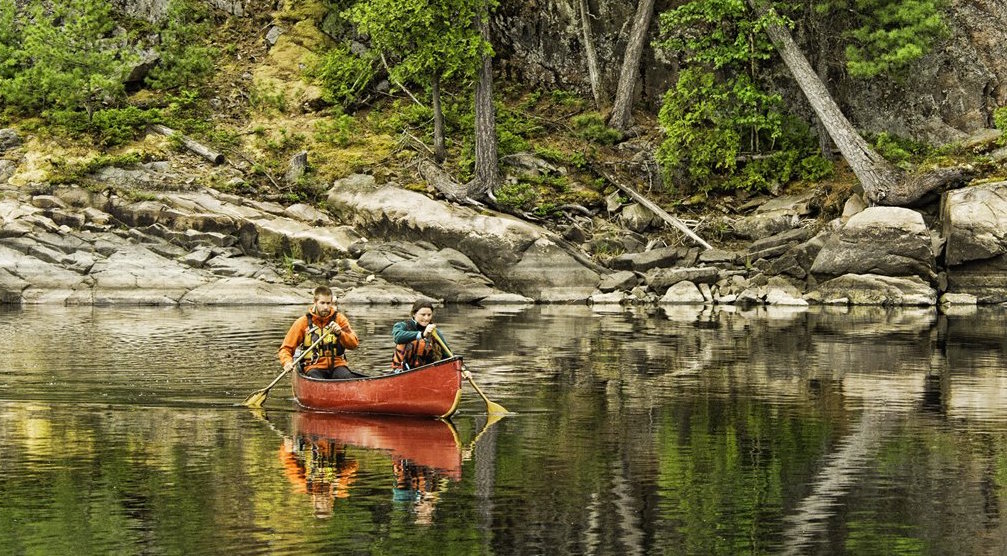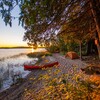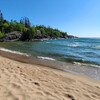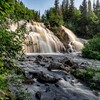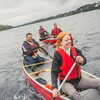
Canada's Canoe King: The True Story of John Kilbridge and the Temagami Canoe Company
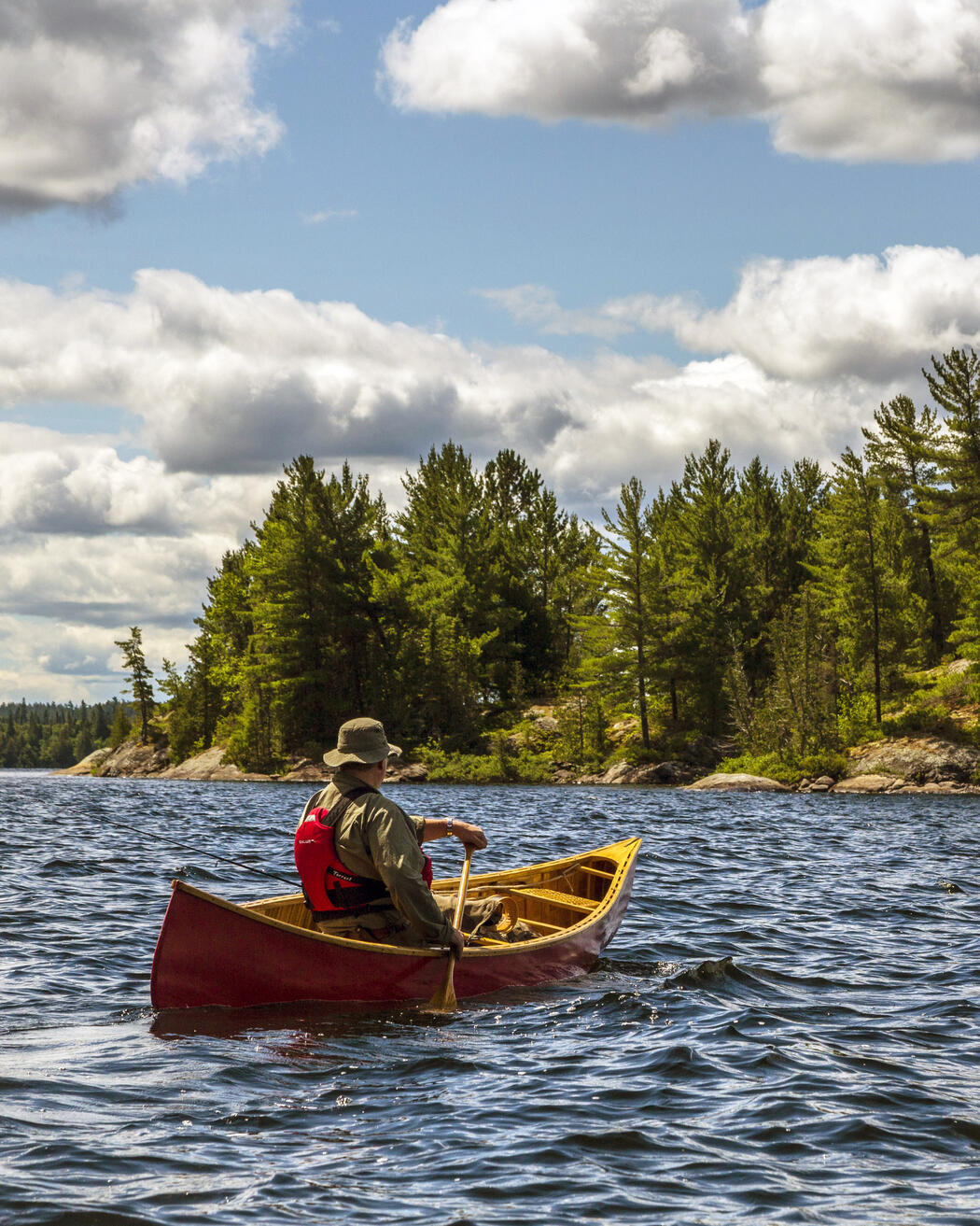
John Kilbridge—who has owned and operated Temagami Canoe Company since 1977—can remember when he first understood the power of a well-made canoe.
His father had sent him and his brother Steve to Wabun, the summer camp set on Lake Temagami, in 1970. They spent several weeks immersed in the Ontario wilderness, going on long treks in the camp’s cedar canvas canoes.
It was love at first paddle.
“We just liked the feel of it,” says Kilbridge. “Paddling through the forest in something made out of forest materials is just satisfying in an emotional, spiritual way.”
The watercraft’s attractive and practical design appealed to the Kilbridges’ engineering instincts as much as their sense of adventure. The more time they spent in the canoe and further they explored the Temagami waterways, the greater their appreciation grew.
“Traveling long distances with the canoes, you really got a good look at them,” says Kilbridge. “Camps use canoes hard and the canvas skin is only 1/16th of an inch think, but it is rugged—you could go thousands of miles on that canvas.”
As summer came to an end, their interest didn’t fade and following college, John and Steve found themselves drawn back to Wabun, where they worked part time over the summer, including helping to repair the canoes they’d gotten to know so well. It wasn’t long before they crossed paths with the man who made the vessels: Bill Smith.
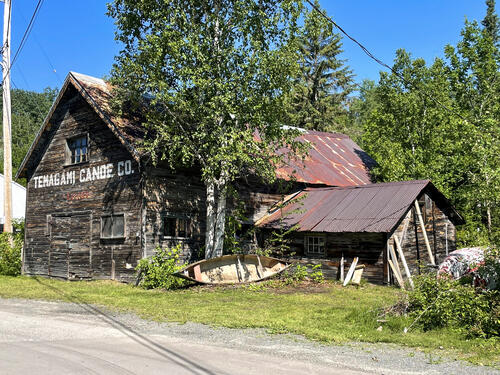
Learning from a Canoe Master
Smith had founded the Temagami Canoe Company in 1928, and was happy to share his knowledge with a couple upstarts passionate about the craft. In his younger days, Smith had himself learned canoe making at the Peterborough Canoe Company, at the time Ontario’s most renowned canoe maker, but which had ceased production in 1961.
Smith, after nearly 50 years running the company, was ready to retire himself. He was impressed by the Kilbridges’ interest and quick learning, so he offered the company to them for $40,000. After some convincing conversations with their father, the brothers secured the funds and took Smith up on his offer.
Smith spent the next few months working alongside the Kilbridges, creating three new canoes with them along with a series of repairs. He taught them everything he could about the business, the process, and the equipment—sharing plenty of stories and curmudgeonly advice as they worked. The work was done where it always had been: out of the 20’ x 48’ shop that Smith opened in 1931 (and out of which the company still works), insulated with sawdust and heated by a wood-burning stove. They cut the trees themselves and used a table saw from the 1920s and a planer from even earlier to construct the canoes. Both machines were diesel-powered (“a lot of open spindles—dangerous” as Kilbridge puts it), fueled by a Crossley Brothers engine that had been purchased, secondhand, by Smith in 1935 from the Ontario Hydroelectric Commission.
“In those early days, we didn’t use safety goggles, respirators, dust masks, or dust collection,” says Kilbridge, relieved that they managed to avoid serious injury before upgrading safety protocols.
Setting Out on Their Own
Satisfied he’d taught them as much as he could, Smith moved on and left the brothers his equipment, canoe molds, and key clients—local camps, cottages, and those from further distances who sought a higher level of quality for their canoe outings.
The timing proved ideal. In 1977, the same year the brothers took over Temagami Canoe Company, naturalist Hap Wilson and his wife published Temagami Canoe Routes. This survey of the region’s routes, with 24 hand-drawn maps was created (with contributions from the Kilbridges) to improve the Ontario government’s existing guides, provide a better sense of the 2,400 km of canoe routes throughout the region, and to help preserve Temagami from logging. The first print run of 5,000 copies sold out in its first year.

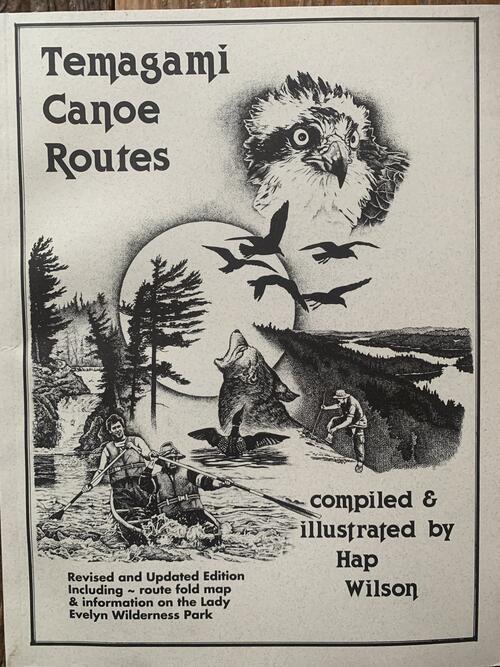
A couple of years later, naturalist, filmmaker, and painter Bill Mason published The Path of the Paddle, which gained wide interest and grew in popularity over subsequent years, becoming a definitive canoeing manual, introducing many newcomers to the activity. Mason’s canoe of choice was the 16-foot Prospector, which caused demand for that model to surge—and led Temagami Canoe Company to add it (a Peterborough replica) to their offerings. It has been their best seller ever since.
“It’s built for heavy sledding,” says Kilbridge. “If you’re loaded up, it can move fast.”
The shop produced 10-12 canoes a year and kept plenty busy with repairs and other projects. After the establishment of Lady Evelyn–Smoothwater Provincial Park in 1983, the Kilbridges helped with the construction of the Red Squirrel Roadblockade a few years later. John also dedicated an increasing amount of time to Smoothwater Outfitters & Ecolodge, launched in 1985 by Hap Wilson and then taken over by John’s daughter, Johanna, and her partner, Francis Boyce, in the early 1990s. The lodge offers canoe and gear rentals, trip planning, as well as cozy rooms and homecooked meals to those exploring Temagami’s outdoors, whatever their level of experience.
“My relationship to Smoothwater has always been familial,” says Kilbridge. “When they need something, I’m on hand.”
Kilbridge jokes that his involvement in “extracurricular activities” contributes to the slower production schedule for Temagami canoes. But since taking over, the work has never been about profits or ensuring peak efficiency.
“The work is so labor-intensive, and it is hard to keep that going,” says Kilbridge. “Everyone involved in it has some sort of obsessive-compulsive aspect of their personalities. Money is not their God—if they were into money, they would not be doing this for a living.”
While John began working alongside his daughter at Smoothwater, his brother Steve opted to pursue other business pursuits in southern Ontario, leaving John to run the canoe company solo.
A Dedication to Quality
Kilbridge estimates it takes about 160 hours to put one of these canoes together, forming the hull around a mold one piece at a time, adding thousands of tacks, canvassing it, varnishing the whole thing.
“But when you’re done with it, it’s an heirloom-quality deal and good for a lifetime.” He aims to replicate the quality of the Peterborough canoes of the 1940s and 1950s, adding that this vintage struck the balance of design and durability that makes them both practical and beautiful—light and nice to look at but strong enough that “you aren’t afraid to use them.”
Kilbridge recalls one buyer in Virginia who admitted that after buying his canoe two months previous, hadn’t taken his canoe out yet because he was worried about damaging the pricey item.
“I said, ‘you live on a flooded lake, right? Where there are stumps sticking out of the water?’” says Kilbridge. “He said ‘yeah,’ so I said ‘Tomorrow, I want you to take that canoe out and at normal paddling speed, cruise straight into a stump.’ I didn’t build it to sit in the boat shed. I wanted him to have adventures with it. He called me back the next night and says, ‘I did what you said, and it worked.’”
Temagami Canoe Company has largely succeeded in striking this balance of craftsmanship and durability, enjoying a steady stream of customers seeking new vessels or repairs on their existing canoes. In 1992, the company added a new building which houses the new electric machinery and provides more space to do the work—and a lot less dust. The original shop is still plenty active, where the basic construction takes place and where the diesel-powered equipment was housed (until the late 1990s, when the engine developed a leak and a local mechanic took the cylinder head off and lost the gasket, making the engine, the planer table saw instantly inoperable—Kilbridge still fumes when he describes the blunder).
But while the equipment has been updated, to step into Temagami Canoe Company’s shop still feels like a step back in time, with canoe shells and wood along the wall, and even the 1931 boiler still in place, despite the fact that it hasn’t worked for decades.
“It’s a multigenerational thing—I’ve got a canoe in the shop that dates from 1915. You can just keep them going if you want to,” says Kilbridge. “They’re infinitely reparable—there is no adhesive in the canoe except the dowel joints that hold the seat frame together. Everything else is mechanically fastened. You break three ribs, you can replace them when you recanvas it.”
He says in the last 20 years he’s seen a greater diversity of canoers as a second generation of Canadian immigrants from all corners of the world have embraced the unique natural surroundings of Canada and identified with it in a way their parents did not. The region has seen good traffic the past few years and renewed interest in the outdoors to rival the late 1970s.
These days, Kilbridge says he spends less time in the workshop than he used to and isn’t chopping down the trees himself. But while he says he may not have quite the same stamina as he did in his youth, he maintains, “I’m smarter than I was when I was 30 and get more done with the time that I spend. My best years are ahead of me.”
Because these canoes are built to last, this is also a business that does not see a lot of return customers, beyond the occasional repair. To Kilbridge, that’s a point of pride, reflecting the quality of his craft and what distinguishes it from the disposable alternative.
Recommended Articles
Northern Ontario’s Most Unique Stays

U-Pick Berries and Fruit in Northern Ontario

The Best Ice Cream in Northern Ontario: Where to Go This Summer

Fueling the Adventure: A Sweet Butter Tart Road Trip Through Northern Ontario

Top 10 Things To Do in Northern Ontario

See the Leaves Change: Fall Colour Report Ontario 2025

7 Amazing Northern Ontario Islands You Must Visit

The Agawa Rock Pictographs

6 Dark Sky Preserves in Ontario

Best Vinyl Record Stores Ontario (That aren't in the GTA)

The World's Smallest Record Store Is Not Where You'd Expect
The Northern Ontario Beer Trail: 8 Essential Stops For Beer Lovers

12 Times TikTok Was So Northern Ontario

7 Species Worth Fishing for in Ontario

10 Sights To See By Motorcycle In Northern Ontario

A Road Trip to Red Lake

The Eagle

Pride Events in Northern Ontario 2025

How to Book a Campsite in Ontario

9 Films About Northern Ontario You Have To Watch

7 Stompin’ Tom Connors Songs About Northern Ontario

17 Amazing (and Random) Vintage Ontario Tourism Ads That Will Definitely Make You Want to Travel This Summer
